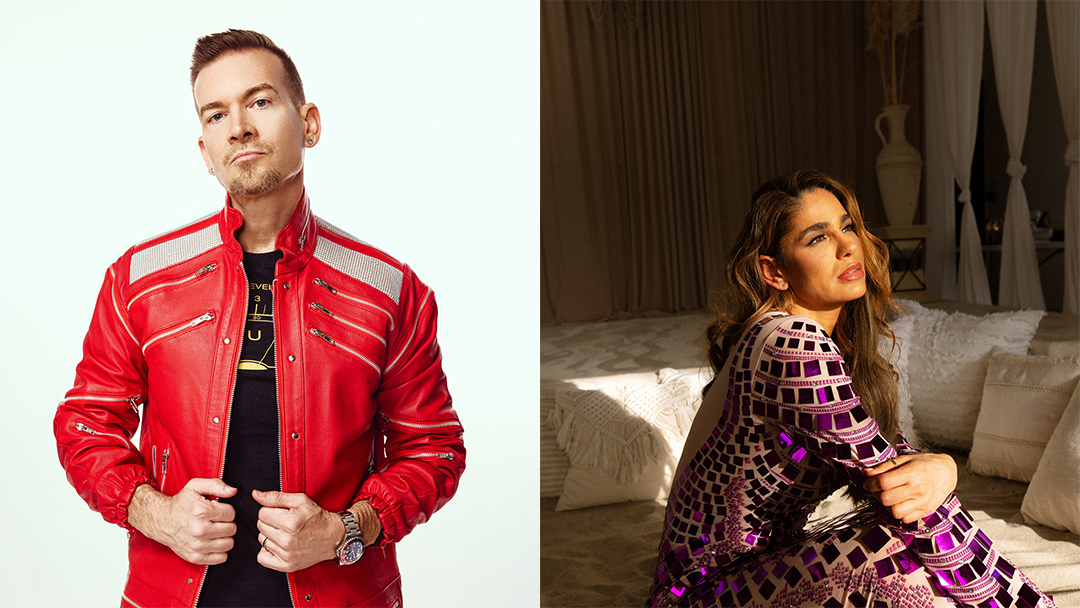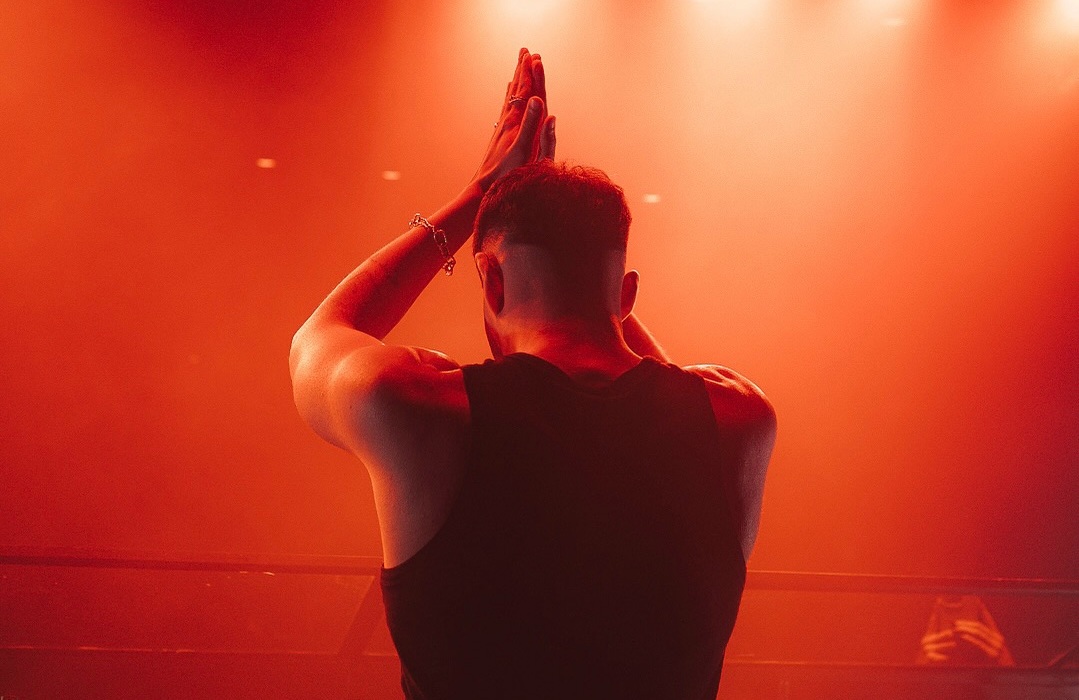The life of a manga artist is incredibly difficult work. Manga artists, or "mangaka," are often overworked, sleep-deprived and put under extreme stress to pump out weekly chapters unless they're already established names. The routine of a mangaka is far from ideal and many have persisting health problems or injuries thanks to their strenuous lifestyles.
That's why mangaka usually have assistants to help them. More famous creators will usually have multiple assistants, while smaller names might only have one or a few. Assistants usually don't have a part in storytelling, but help with the details, working on backgrounds, ink sketches, lettering and even more, easing the workload with their contributions.
Though not every single mangaka stepped into the industry this way, many big names started their careers as assistants, and then used their connections to help publish their own works. Here are some renowned mangaka who started as assistants, and the other renowned creators they worked with.
Peach Girl's Miwa Ueda Under Sailor Moon's Naoko Takeuchi
Miwa Ueda is a popular shojo mangaka who's most known for her beloved series Peach Girl, for which she won the Kodansha Manga Award for shojo in 1999. Her other works include Papillon, Angel Wars and Peach Girl's sequels: Peach Girl Next and Peach Girl: Sae's Story. She is currently working on the series Even So My Dear Wife under Kodansha's Be-Love magazine. Peach Girl is about a girl with bleach-blonde hair and tanned skin who gains a reputation for being "easy" because of her looks. However, she's actually shy and unfairly misjudged.
The series is reflective of classic '90s shojo style, with big lips, even bigger eyes and a healthy, heaping dose of drama. But before Ueda's milestone shojo work, she was an assistant under Naoko Takeuchi, working on Sailor Moon. The experience probably helped her greatly, considering Sailor Moon is one of the most influential shojo anime of all time.
Captain Harlock's Leiji Matsumoto Under Astro Boy's Osamu Tezuka
Leiji Matsumoto is most known for his work on space operas Space Battleship Yamato (known as Star Blazers outside of Japan), Captain Harlock and Galaxy Express 999. His works are heavily stylized, and known for their strong moral, anti-war themes and somber atmospheres. Matsumoto also collaborated with Daft Punk, serving as a visual supervisor in Daft Punk's anime musical Interstella 5555: The 5tory of the 5ecret 5tar 5ystem, based on their album "Discovery."
Matsumoto, however, started off as an assistant to the "Father of Anime" himself, Osamu Tezuka. Matsumoto apparently saw the 1943 anime "The Spider and the Tulip", which was Japan's first musical animation, on the same day and time as him. He cites Tezuka as a strong influence, and the two both ended up as legends with their works on sci-fi anime.
Area 88's Kaoru Shintani Under Captain Harlock's Leiji Matsumoto
Kaoru Shintani is best known for the shonen series Area 88, which is widely known as one of the most influential aviator comics in manga. Area 88 was one of the earliest manga to be translated to English by Eclipse Comics and VIZ Media, along with Mai, the Psychic Girl and The Legend of Kamui. Shintani is also known for Futari Daka and Cleopatra DC, as well as the shojo series Young Miss Holmes.
Before Area 88, Shintani apprenticed under Leiji Matsumoto, mentioned above for also working under Osamu Tezuka. Apparently, Shintani would construct plastic models for drawing references for the creator. Matsumoto has stated that he based the character Yattaran of Captain Harlock off Shintani, and some of Shintani's character designs also resemble Matsumoto's, showcasing their close relationship and influences on each other.
One Piece's Eiichiro Oda Under Rurouni Kenshin's Nobuhiro Watsuki
Eiichiro Oda is a household name pretty much everyone in the anime world knows -- One Piece is undoubtedly one of the most popular series of all time. However, before One Piece, Oda worked as an assistant for several artists, including Shinobu Kaitani's Suizan Police Gang and Masaya Tokuhiro's Jungle King Tar-chan and Mizu no Tomodachi Kappaman, at the age of 17. His most famous mentor, however, is Nobuhiro Watsuki, the creator of Rurouni Kenshin, who he started working for at 19. During his apprenticeship with Watsuki, Oda published the oneshot series "Romance Dawn", that featured One Piece's beloved protagonist Monkey D. Luffy. Later on, Oda began One Piece in 1997, and One Piece then broke milestones to become the best-selling manga of all time.
However, it's also important to note that Watsuki was convicted of possessing child pornography. Oda faced severe backlash for interviewing his mentor earlier this year. Watsuki's Rurouni Kenshin is a childhood staple for many and is a Jump title that continues to publish and receive content, nonetheless, his actions are inexcusable, and must still be taken into account when reflecting on his impact.
One-Punch Man's Yusuke Murata (And Several Others) Under Death Note's Takeshi Obata
Yusuke Murata is the creator of beloved (American-style) football manga, Eyeshield 21, and illustrator for One Punch Man with writer One of Mob Psycho 100. Murata's style is known for its intricate detail and dynamic poses, influenced by Capcom games like Street Fighter and action series like Dragon Ball. But, another factor that perhaps impacted his style is his assistant work under Death Note artist Takeshi Obata, who also has a semi-realistic style.
Obata, along with his partner Tsumugi Ohba, worked on the series Bakuman, a dramatic tale of a creator duo breaking into the manga industry. Bakuman showcases the trials and tribulations of the industry, and doesn't shy away from hardships like stress and overwork. One of the main characters, Mashiro, even works as an assistant for a while, and eventually hires his own. Many of the characters are also manga assistants. Other prominent titles illustrated by Obata are Hikaru no Go and Platinum End.
With his knowledge of the industry eventually leading him to make a manga about manga, it's no surprise that Obata has mentored several big names as well. Some of his other assistants that have published popular series include Katsura Hoshino of D. Gray Man, Kentaro Yabuki of Black Cat and Nobuhiro Watsuki of Rurouni Kenshin.
About The Author

